The 1980s were a decade of bold design choices, quirky architecture, and unique home features that fell out of favor for years. However, younger buyers are now embracing many of these elements, finding charm and functionality in what was once considered outdated. According to real estate experts, nostalgia-driven trends and a desire for individuality are fueling this resurgence. Social media platforms have also played a role in reviving these styles, showcasing how they can be incorporated into modern living spaces. Whether it’s wood paneling or conversation pits, these retro features are making a surprising comeback.
1. Sunken Living Rooms
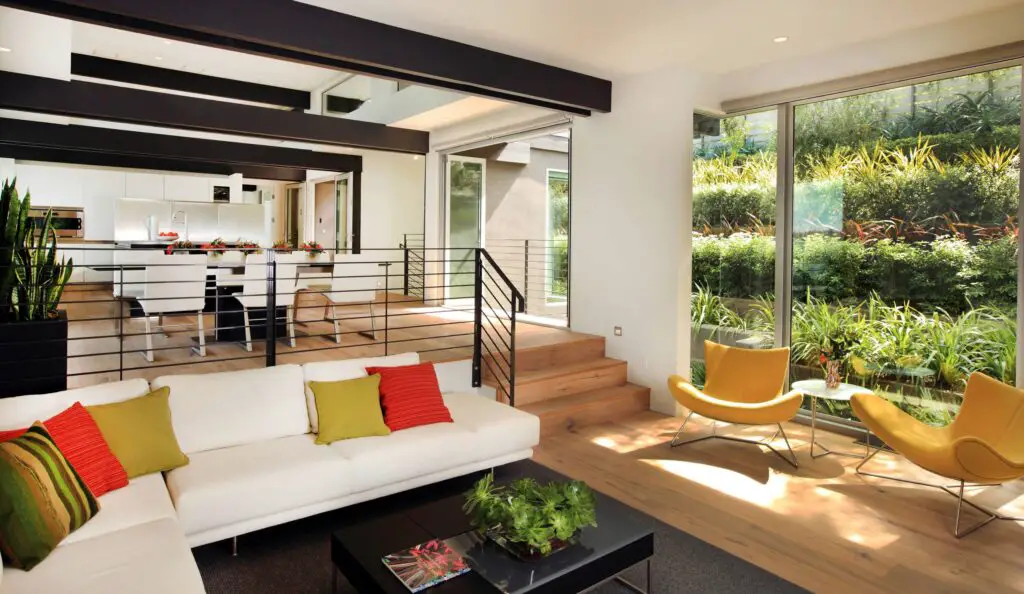
Sunken living rooms, also known as conversation pits, were a staple of 1980s homes, creating a cozy and intimate gathering space. According to Forbes, younger buyers appreciate the unique layout, which encourages socializing in a way that traditional living rooms don’t. While these spaces fell out of favor due to safety concerns and accessibility issues, many homeowners now see them as a stylish way to break up open floor plans. By incorporating modern materials and updated furniture, homeowners can blend retro charm with contemporary comfort.
The revival of sunken living rooms also stems from the push for more character-driven interiors. As noted by Forbes, younger generations are moving away from sterile, all-white designs in favor of spaces with personality. These cozy nooks provide a natural focal point, making living areas feel more inviting. With a few design tweaks, such as built-in lighting and strategic furniture placement, homeowners can make these retro spaces both stylish and functional.
2. Wood Paneling
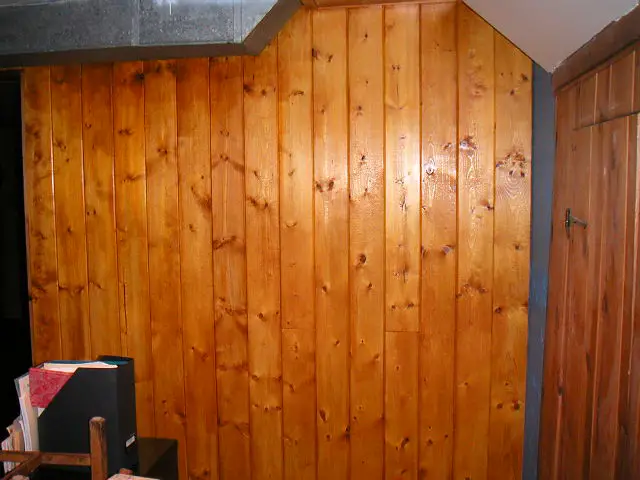
Wood paneling was once seen as a relic of outdated basement décor, but it’s making a comeback in a fresh, modern way. According to The New York Times, today’s homeowners are embracing real wood finishes over artificial materials, adding warmth and texture to their spaces. Instead of the dark, heavy panels of the past, designers are now opting for lighter woods and creative installation patterns that feel contemporary. When paired with minimalist furniture and neutral color palettes, wood paneling can provide a stylish contrast that enhances the overall aesthetic.
Another reason for its resurgence is the increasing preference for organic materials in interior design. As noted by Architectural Digest, younger buyers are drawn to natural elements that create a cozy and inviting atmosphere. Wood-paneled accent walls, cabinetry, and even ceilings can add dimension to a room without overwhelming it. By using reclaimed wood or high-quality veneer, homeowners can achieve the vintage look while maintaining an eco-friendly approach.
3. Glass Block Walls
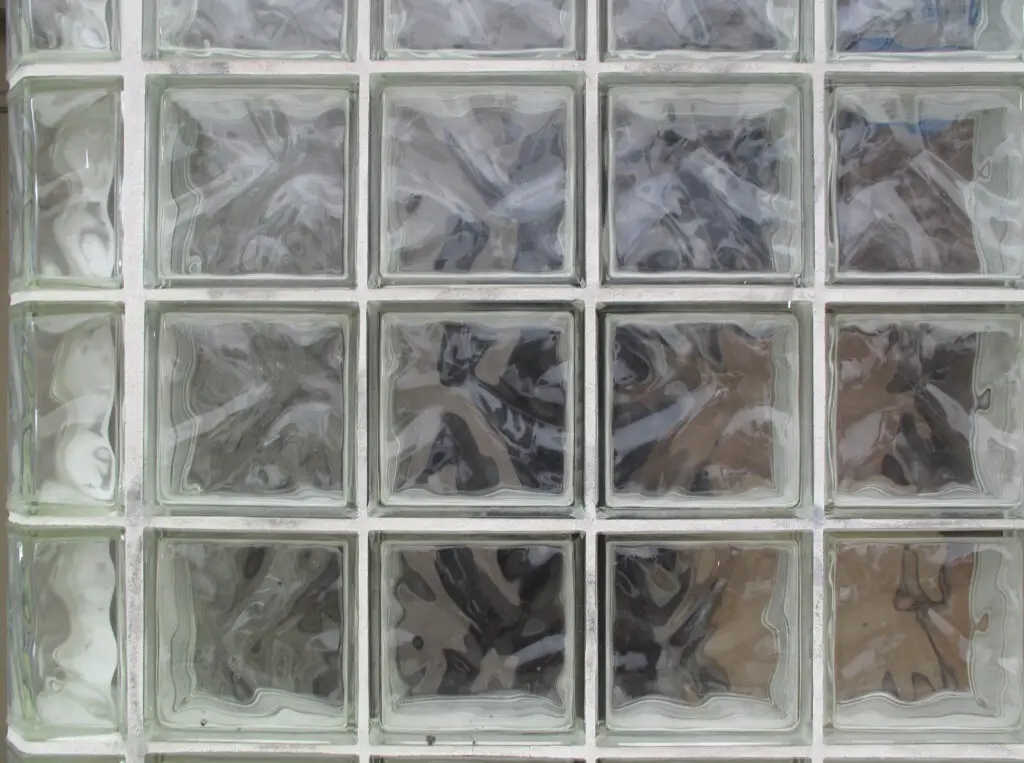
Glass block walls were once a common feature in ’80s bathrooms and entryways, offering a way to let in natural light while maintaining privacy. Though they were later deemed outdated, younger buyers are now embracing them as a unique architectural element, says Architectural Digest. These walls add a sense of dimension and can separate spaces without making a room feel closed off. When used strategically, they can create a retro-chic look that enhances both light flow and aesthetics.
Modern interpretations of glass block walls incorporate sleeker designs and more refined materials. Instead of the bulky, frosted blocks of the past, today’s versions feature slimmer profiles and subtle tinting. They are often used in shower enclosures, stairwells, and even kitchen partitions to create a soft division between spaces. With the right placement and updated styling, this ’80s staple can feel surprisingly modern.
4. Brass Fixtures
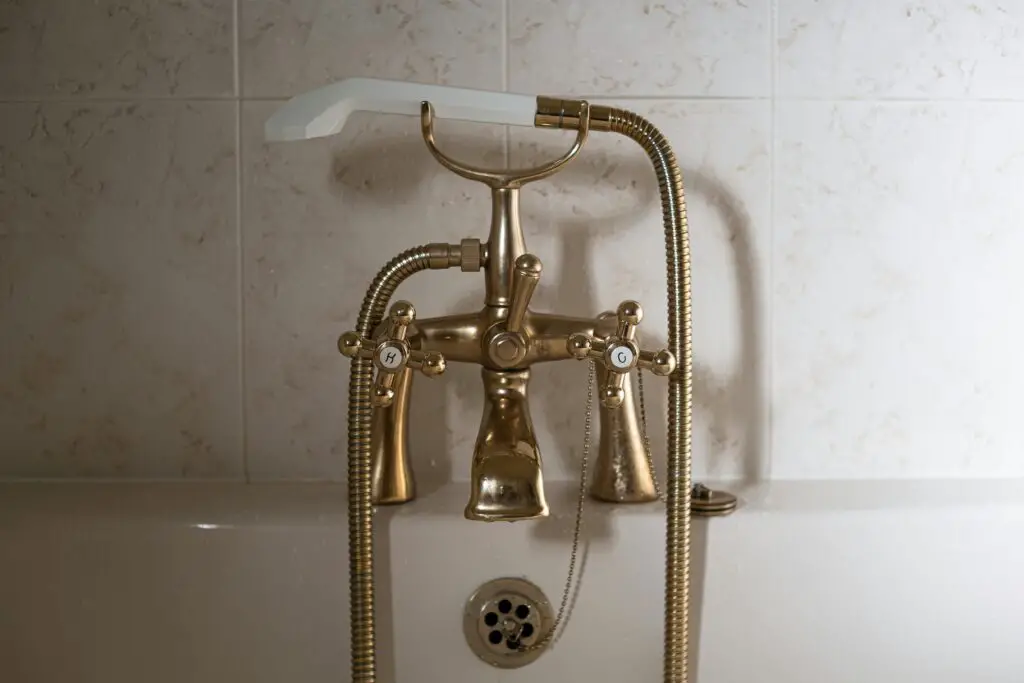
Brass fixtures were everywhere in ’80s homes, from light fixtures to cabinet handles, but they eventually fell out of favor as chrome and brushed nickel took over. Now, younger buyers are embracing brass again, appreciating its warmth and vintage appeal. Unlike the overly polished brass of the past, today’s versions often have a brushed or antiqued finish, giving them a more subtle, sophisticated look. This small detail can instantly elevate a space, making it feel both retro and refined, notes Better Homes & Gardens.
The resurgence of brass is part of a larger trend toward mixing metals in home design. Instead of sticking to one finish throughout a space, homeowners are combining brass with matte black, bronze, and stainless steel for a curated aesthetic. When used in moderation, brass accents can create a timeless and elegant atmosphere. Whether in the form of faucets, doorknobs, or statement lighting, this retro material is proving its staying power.
5. Mirrored Closet Doors
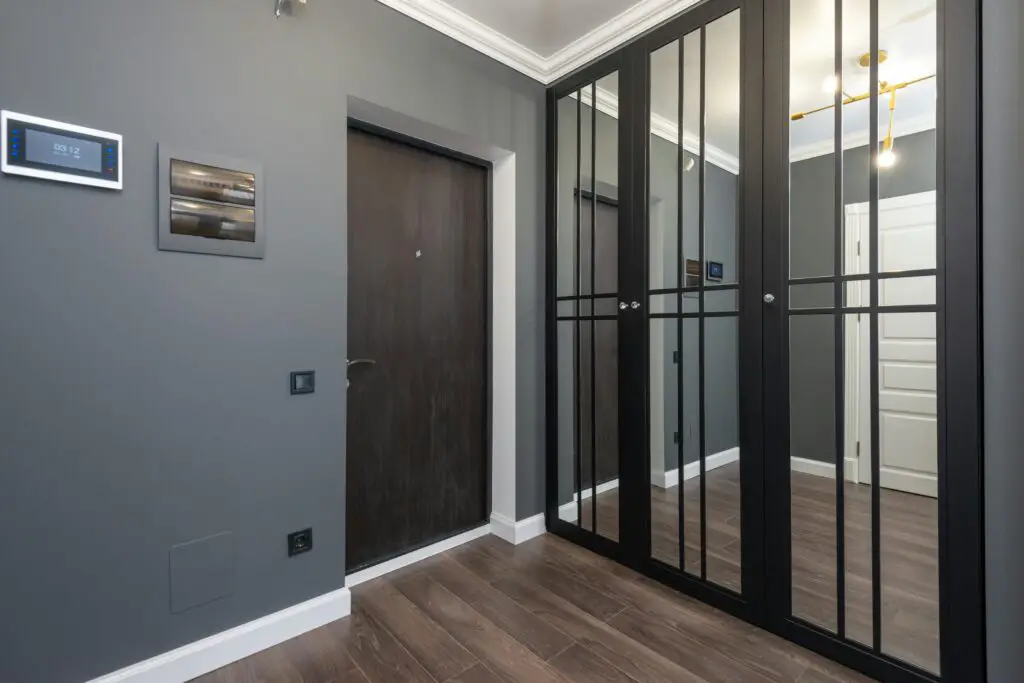
Mirrored closet doors were a signature ’80s feature, but they were eventually considered outdated due to their association with builder-grade designs. However, younger homeowners are starting to appreciate their practical benefits. These doors help make smaller rooms feel larger by reflecting light and creating the illusion of more space. When paired with modern frames or frameless styles, they can add a sleek, contemporary touch to a bedroom.
Another reason for their revival is the return of bold interior styles. Many younger buyers are moving away from minimalism and embracing more statement-making design choices. Mirrored surfaces can enhance this effect, especially when combined with vintage-inspired décor. With the right approach, these once-dated closet doors can become a stylish and functional feature in any home.
6. Colored Kitchen Appliances
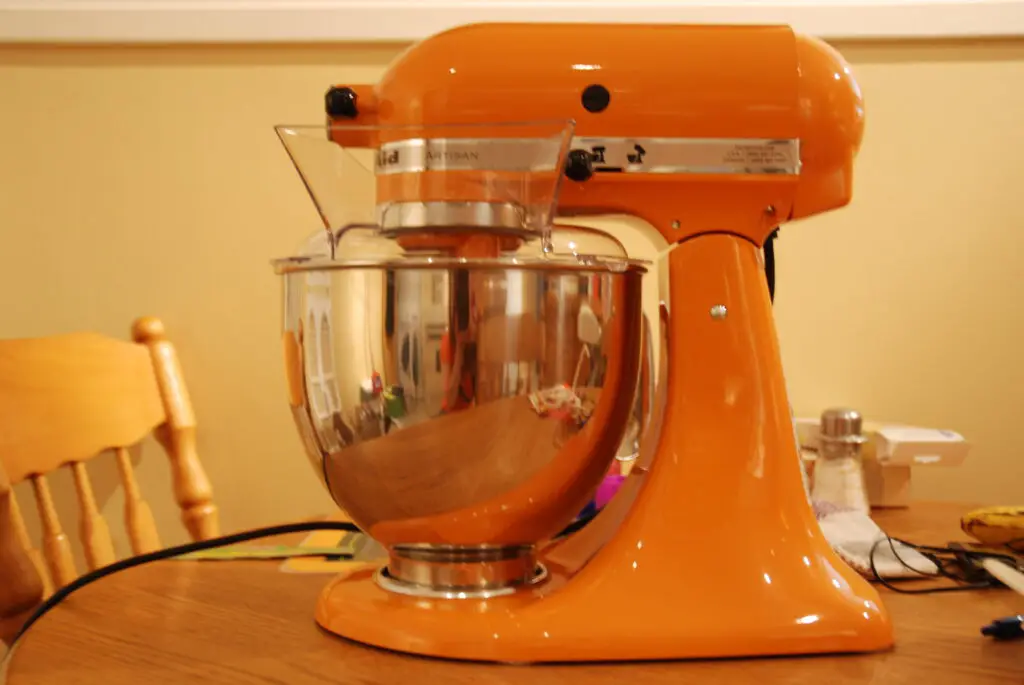
In the 1980s, kitchen appliances came in an array of bold colors, from avocado green to burnt orange. Over time, neutral stainless steel and white became the go-to choices, pushing colorful appliances out of favor. Now, however, younger homeowners are bringing them back, favoring retro-inspired shades like pastel blue, deep red, and emerald green. These appliances add personality to the kitchen, making it feel more vibrant and unique.
The revival of colored kitchen appliances aligns with the growing appreciation for vintage aesthetics. Instead of sterile, all-white kitchens, homeowners are embracing playful and eclectic design elements. When paired with modern cabinetry and sleek countertops, colorful appliances can create a striking contrast. This mix of old and new allows homeowners to enjoy a nostalgic touch without sacrificing modern convenience.
7. Statement Wallpaper
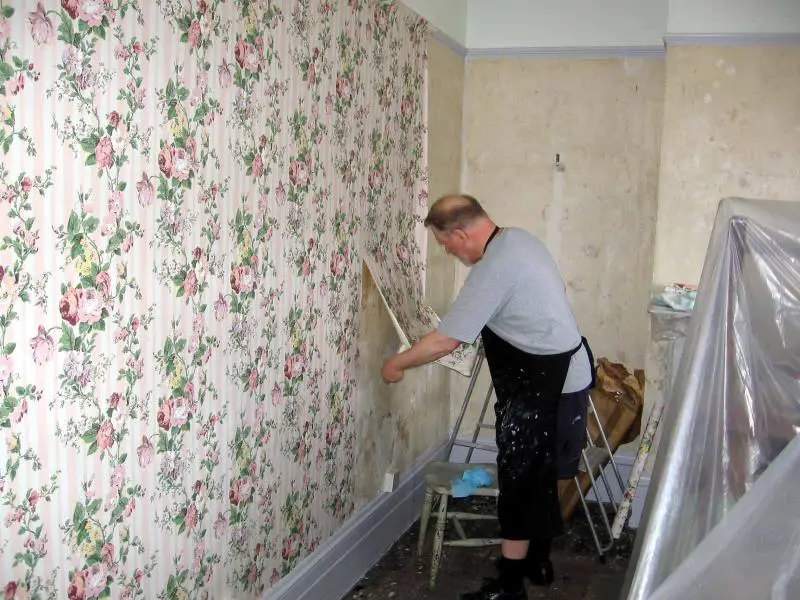
The ’80s were known for bold, busy wallpaper designs that covered entire rooms, but they eventually gave way to neutral paint trends. Now, statement wallpaper is making a comeback, with younger homeowners embracing retro patterns and vibrant colors. Instead of the overwhelming florals and paisleys of the past, modern wallpaper designs feature geometric prints, abstract art, and even metallic accents. When used on an accent wall or in a small space like a powder room, these wallpapers add personality without overpowering the room.
Another reason for this revival is the availability of peel-and-stick options, making it easier than ever to experiment with bold designs. Homeowners love the flexibility of changing up their décor without committing to permanent installations. When paired with contemporary furniture and modern lighting, statement wallpaper can blend seamlessly with today’s interiors. This once-dated trend is now a stylish way to add depth and visual interest to any space.
8. Step-Down Bathtubs
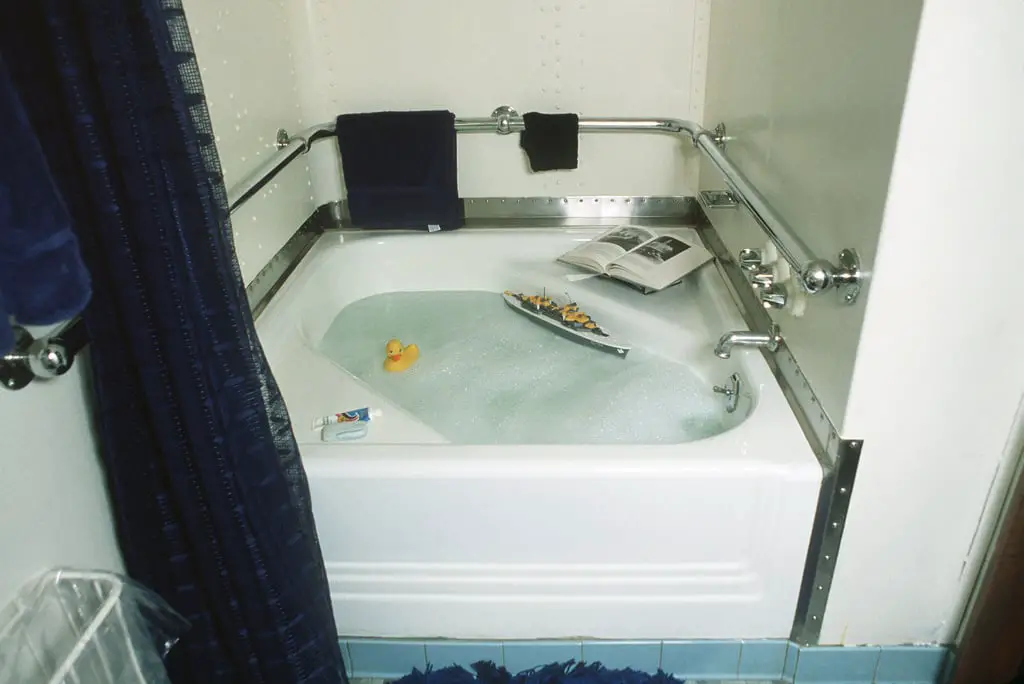
Step-down bathtubs were a symbol of luxury in 1980s bathrooms, often designed with built-in platforms and dramatic tilework. While they eventually lost favor due to safety concerns and maintenance challenges, younger buyers are finding them appealing again. These tubs create a spa-like atmosphere, making the bathroom feel more like a private retreat. When updated with modern finishes and sleeker shapes, they can add a touch of vintage glamour to a home.
Beyond their aesthetic appeal, step-down bathtubs offer a deep soaking experience that’s difficult to achieve with standard tubs. Homeowners who enjoy long baths appreciate the extra depth and built-in seating options. By incorporating non-slip materials and subtle safety features, modern versions of these tubs can balance nostalgia with practicality. This ’80s design element is making a strong return in high-end bathroom renovations.
9. Built-In Wet Bars
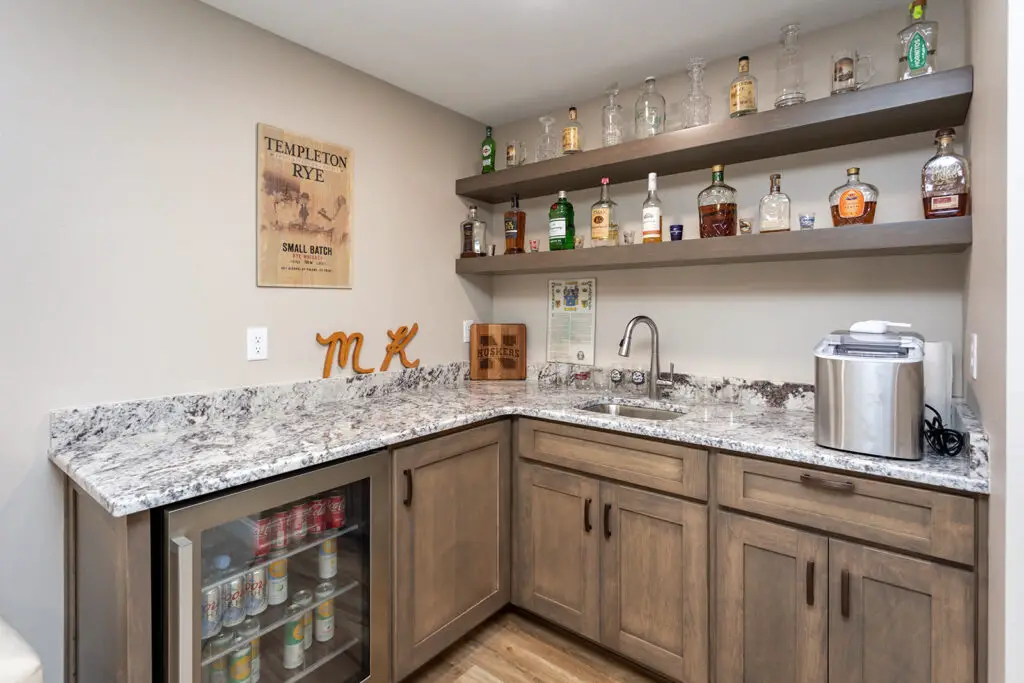
The built-in wet bar was a staple of 1980s homes, serving as a hub for entertaining guests. Over time, as formal entertaining spaces declined in popularity, wet bars were often removed or repurposed. Now, with a renewed interest in home entertaining, younger buyers are bringing them back. These spaces provide a stylish and convenient way to serve drinks, mix cocktails, and create a designated social area.
Today’s wet bars have a more refined aesthetic, often featuring sleek cabinetry, open shelving, and integrated wine coolers. Instead of the dark wood and mirrored backsplashes of the past, modern versions use contemporary materials like marble, brass, and glass. Homeowners appreciate the functionality of having a dedicated beverage station, especially in open-concept homes. With a thoughtful design, a built-in wet bar can add both character and value to a space.
10. Lattice Room Dividers
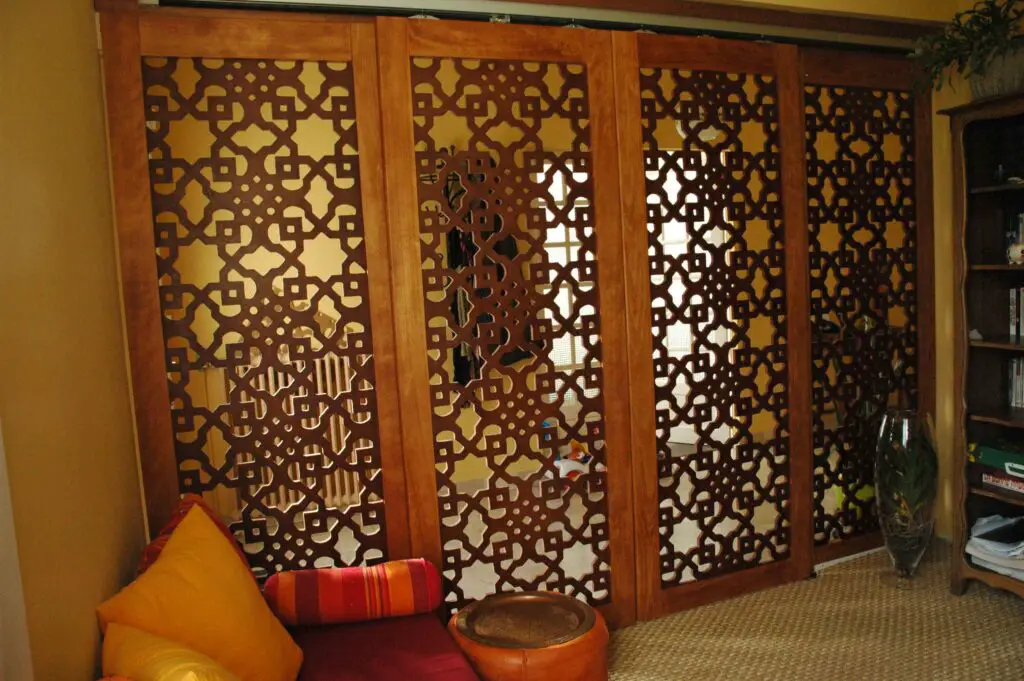
Lattice room dividers were a popular way to separate spaces in the ’80s without completely closing them off. Although they fell out of fashion in favor of open floor plans, they are now making a stylish comeback. Younger homeowners are embracing these dividers as a way to add structure to large spaces while maintaining an airy feel. When designed with modern materials and clean lines, they can serve as both a functional and decorative element.
Beyond their aesthetic appeal, lattice dividers offer a flexible solution for creating defined zones within a home. They work especially well in studio apartments, lofts, and open living areas that need a touch of separation. By choosing updated designs—such as metal, wood slats, or geometric patterns—homeowners can give this retro feature a fresh and sophisticated look. This simple addition can enhance both privacy and visual interest.
11. Pastel Bathroom Fixtures
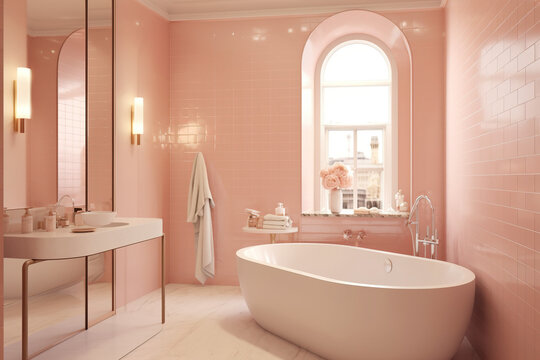
Pastel-colored sinks, toilets, and bathtubs were a defining feature of 1980s bathrooms, with shades like powder blue and blush pink dominating the era. While they were later replaced by classic white and neutral tones, younger buyers are now drawn to their vintage charm. These fixtures add a playful, nostalgic touch to bathrooms, especially when paired with modern tiles and fixtures. Instead of feeling outdated, they can create a unique and stylish focal point.
The return of pastel bathroom fixtures is part of a broader shift toward embracing color in home design. Homeowners are moving away from all-white spaces in favor of bolder, personality-driven aesthetics. When balanced with contemporary finishes like brushed gold hardware and sleek cabinetry, pastel fixtures can feel both retro and refined. This trend proves that even the most unexpected design elements can make a stylish comeback.
12. Popcorn Ceilings
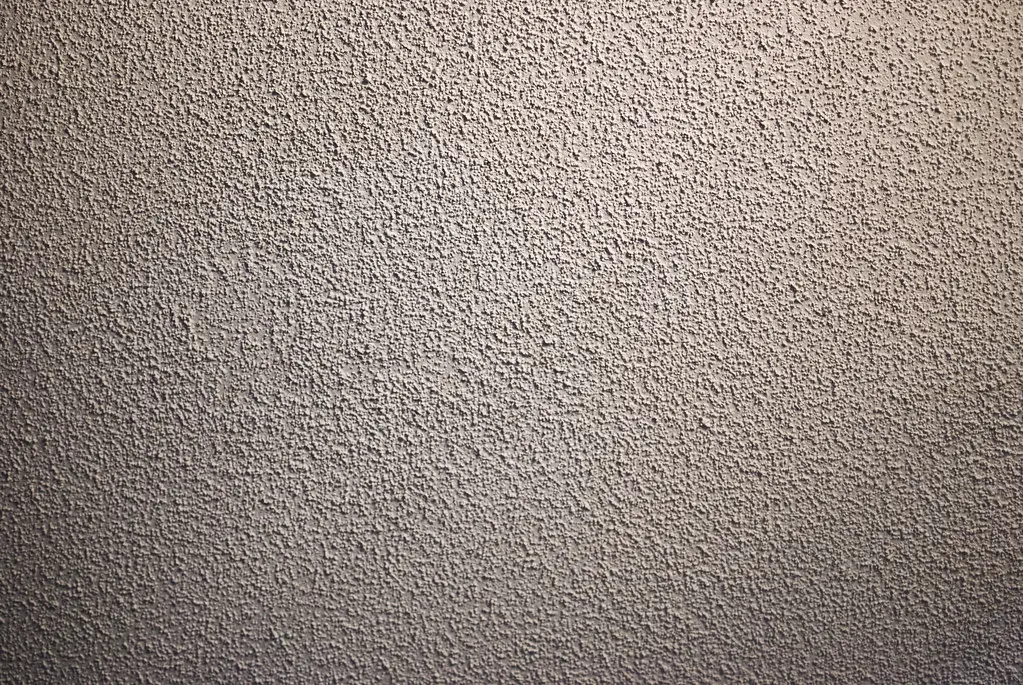
Popcorn ceilings were once a standard feature in ’80s homes, prized for their ability to hide imperfections and absorb sound. They later fell out of favor due to their textured appearance and difficulty in cleaning. However, some younger homeowners are now reconsidering their benefits, particularly in terms of acoustics. In homes with high ceilings or open layouts, a textured ceiling can help reduce echo and improve sound quality.
Rather than embracing the thick, rough texture of old popcorn ceilings, modern interpretations feature subtle, refined finishes. Some homeowners are opting for lightly textured plaster or decorative ceiling treatments that add dimension without feeling outdated. When paired with contemporary lighting and sleek interiors, these ceilings can complement modern design elements. While not for everyone, this feature is proving to have hidden advantages that some homeowners appreciate.
13. Laminate Countertops
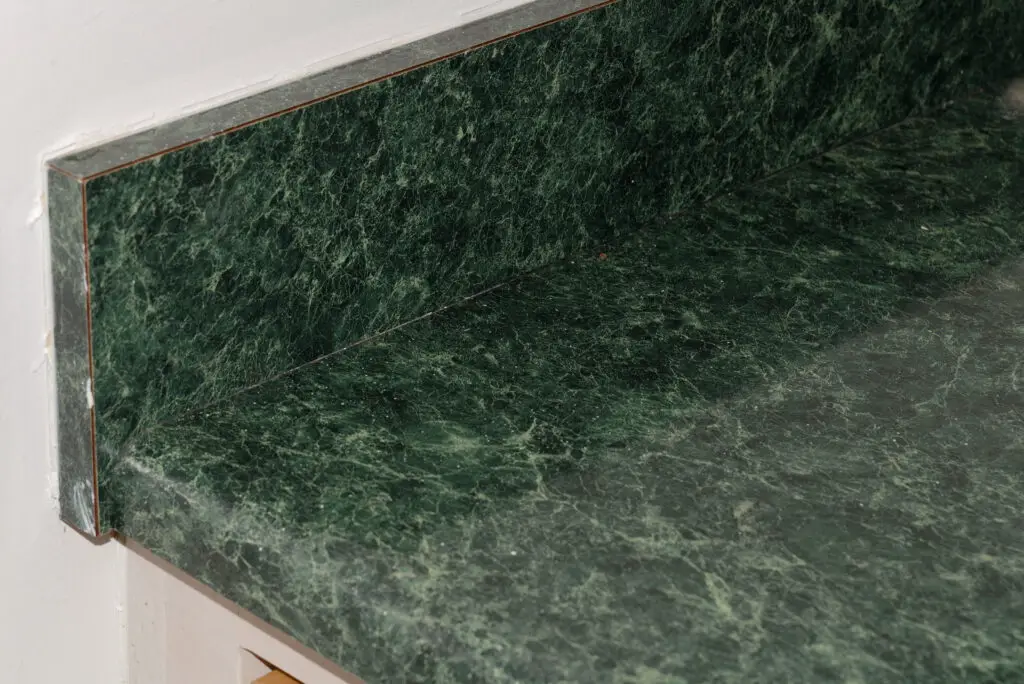
Laminate countertops were a budget-friendly favorite in the 1980s, offering a wide range of colors and patterns. Over time, they were largely replaced by granite, quartz, and other high-end materials. However, younger buyers are rediscovering laminate’s practicality, especially as modern versions mimic the look of stone at a fraction of the cost. Advances in manufacturing have made laminate more durable and visually appealing than ever before.
Today’s laminate countertops feature realistic textures, matte finishes, and even integrated edges that enhance their appearance. Homeowners appreciate their affordability and ease of maintenance, making them a great option for kitchens and bathrooms. When paired with contemporary cabinetry and stylish hardware, they can achieve a high-end look without the high-end price. This revived material offers both versatility and cost-effectiveness for modern homes.
14. Vertical Blinds
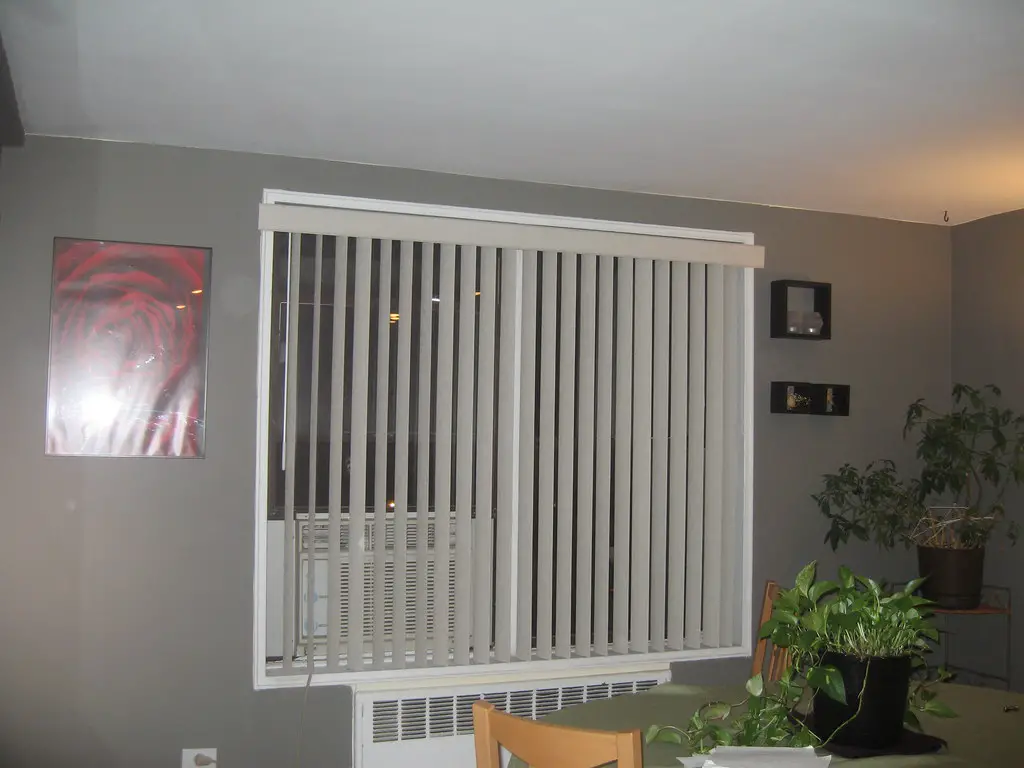
Vertical blinds were once a go-to window treatment in ’80s homes, especially for sliding glass doors and large windows. As sleek roller shades and plantation shutters took over, vertical blinds were phased out in many homes. Now, however, they are making a quiet comeback due to their practicality and improved designs. Newer versions feature more refined materials, softer textures, and modern color palettes that blend seamlessly with contemporary interiors.
One of the biggest advantages of vertical blinds is their ability to control light while maintaining privacy. Unlike heavy drapes or fixed shutters, they offer flexibility in adjusting the amount of sunlight entering a room. Homeowners also appreciate their easy maintenance and affordability compared to other window treatments. With updated styles and materials, vertical blinds are shedding their outdated reputation and becoming a functional, stylish option once again.
